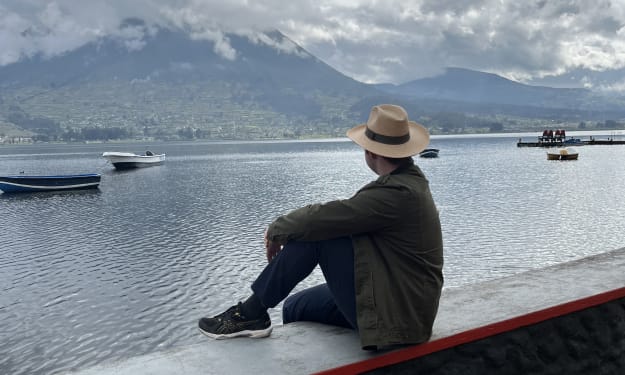Coffee Drink
Coffee, the dark elixir that fuels mornings

Coffee, the dark elixir that fuels mornings, midday slumps, and late-night study sessions, holds a revered place in cultures worldwide. From the bustling streets of Italy to the serene coffee plantations of Colombia, its aroma and taste captivate millions daily. In this exploration, we delve into the rich history, cultivation, processing, brewing methods, health effects, and cultural significance of coffee.
History:
The story of coffee begins in the highlands of Ethiopia, where legend has it that a goat herder named Kaldi discovered the energizing effects of coffee beans after noticing his goats became lively and energetic upon consuming them. This discovery spread to the Arabian Peninsula, where coffee cultivation began in the 15th century. Coffeehouses, known as qahveh khaneh, emerged in the Middle East as centers for socializing, intellectual discourse, and even political debate.
Coffee's journey continued as it made its way to Europe in the 17th century, where it gained popularity among the elite. Coffeehouses became hubs for artists, writers, and philosophers, fostering creativity and innovation. The 'Age of Enlightenment' was, in part, fueled by coffee's stimulating effects. As coffee spread across continents, it became a global phenomenon, adapting to each culture's preferences and traditions.
Cultivation:
Coffee cultivation is predominantly found in the 'Coffee Belt,' a band around the equator between the Tropics of Cancer and Capricorn. This region's climate, altitude, soil, and rainfall create optimal conditions for coffee plants to thrive. The two main species of coffee plants cultivated are Arabica and Robusta, each with distinct flavors and growing requirements. Arabica, prized for its nuanced flavors and smoothness, typically grows at higher altitudes, while Robusta, known for its boldness and higher caffeine content, thrives in lower elevations.
Processing:
After harvesting, coffee cherries undergo processing to extract the beans within. There are two primary methods: the dry process and the wet process. In the dry process, also known as natural processing, cherries are spread out to dry in the sun before the beans are extracted. In the wet process, cherries are pulped to remove the outer skin, fermented to loosen the mucilage, and then washed before drying. Each method imparts distinct flavors and characteristics to the beans.
Brewing Methods:
Coffee brewing is an art form, with various methods tailored to extract the desired flavors from the beans. From the classic drip coffee maker to the intricate pour-over technique, each method offers a unique experience. Espresso, characterized by its intense flavor and creamy texture, is made by forcing hot water through finely ground coffee under pressure. Other popular methods include French press, AeroPress, cold brew, and Turkish coffee, each with its own ritual and flavor profile.
Health Effects:
Coffee has long been a subject of scientific research regarding its health effects. While excessive consumption can lead to adverse effects such as insomnia, jitteriness, and increased heart rate, moderate coffee intake has been associated with several health benefits. These include improved cognitive function, increased alertness, reduced risk of certain diseases such as Parkinson's and Alzheimer's, and even enhanced physical performance. The antioxidants present in coffee contribute to its potential health-promoting properties.
Cultural Significance:
Coffee plays a central role in countless cultures around the world, often serving as a symbol of hospitality, friendship, and community. In Italy, the espresso culture is deeply ingrained, with espresso bars serving as social hubs where people gather to chat, read the newspaper, and enjoy a quick caffeine fix. In Ethiopia, the coffee ceremony is a revered tradition, symbolizing respect and unity among participants. In the Middle East, coffee is often served alongside dates as a gesture of hospitality.
In conclusion, coffee's journey from its humble origins in Ethiopia to its global prominence today is a testament to its enduring appeal and significance. Whether sipped slowly in a Parisian café, savored during a business meeting in New York, or enjoyed in the tranquil setting of a Colombian coffee farm, coffee transcends borders and cultures, uniting people in the shared experience of its rich aroma and complex flavors. As we raise our cups to the beverage that powers our mornings and fuels our conversations, let us also appreciate the centuries of history, tradition, and craftsmanship that have shaped the world of coffee as we know it today.
About the Creator
Enjoyed the story? Support the Creator.
Subscribe for free to receive all their stories in your feed. You could also pledge your support or give them a one-off tip, letting them know you appreciate their work.






Comments
There are no comments for this story
Be the first to respond and start the conversation.